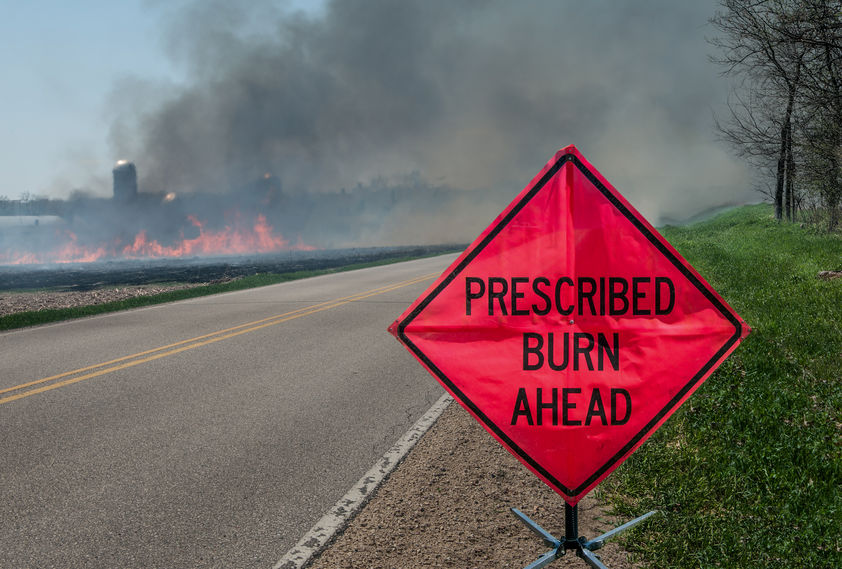To burn, or not to burn. That is the question.
For a number of years, environmentalists and forest management experts have debated over the wisdom of administering tree thinning and “prescribed burns” to attempt to lessen the impacts of catastrophic wildfires in our wilderness areas.
Such thinning is typically done by first removing small and medium sized trees and leaving older growth timber in a forested area. The reason for this is because older trees can withstand droughts and wildfires better. After a section of forest is thinned, then a so-called “prescribed burn” is set in order to reduce downed trees, pine needles, grasses and shrubs that can be used as fuel for an out-of-control wildfire in the future.
The big question is … does this “man stewarding nature” technique actually work?
Well according to a recent study conducted by the University of Washington and U.S. Forest Service, the apparent answer is “yes.”
As reported in Science Daily, this study found that prescribed burns had a direct impact in slowing down the infamous Carlton Complex wildfire in north central Washington state. That fire started in July of 2014 when strong winds propelled its flames to spread over 160,000 acres of forest and rangeland that ultimately burned more than 250,000 acres in the midst of a particularly hot, dry summer. Had it not been for wise stewardship beforehand, it could have been worse.
As reported in Science Daily:
[A]reas that were thinned and prescribed burned had more trees survive than areas that didn’t receive those fuel treatments.
According to lead author Susan Prichard [a research scientist at the UW School of Environmental and Forest Sciences] ‘Our study suggests that the fuel treatments were worth the investment, yielding a more desirable post-fire outcome than if they hadn’t been implemented,’
[The researchers also] found that even during the first explosive days of the Carlton Complex, areas that were thinned and prescribed burned had more trees survive than areas that didn’t receive those fuel treatments.
While this study focused on the Carlton Complex fire, its results have broader implications for forest management around the world. This latest work adds to the growing library of studies showing how thinning trees and controlled burns can reduce the severity of the next fire on the landscape.
For more information, read the full article at Science Daily.
